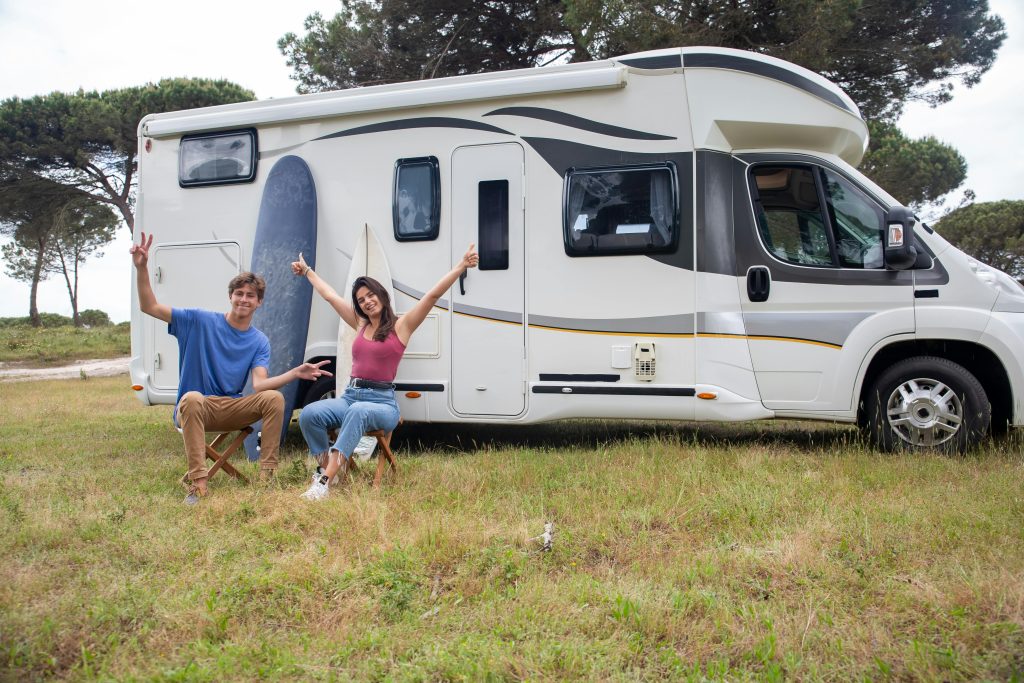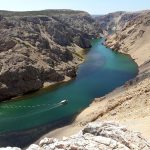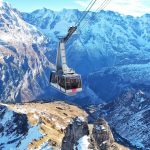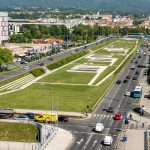November the 7th, 2024 – Croatian tourism has many facets, from nautical to classical. Here’s how Croatia managed to become a luxury camping favourite within Europe.
As Ana Roksandic/Poslovni Dnevnik writes, Croatia has become a European luxury camping hit, with camping tourism becoming a growing part of the country’s already varied offer. This is thanks to Croatia’s unique combination of untouched nature, a beautiful coastline and modern, comfortable campsites.
If we were to judge the situation from conversations with people in the sector on the subject of trends, we can see that Croatia has made a name for itself when it comes to luxury camping. Currently, only the Dutch are performing better, but the growth of Croatian camping capacities isn’t following increasing demands.
The Croatian National Tourist Board (HTZ) stated that when it comes to total accommodation capacity in the commercial segment, out of a total of 1.3 million beds, 235,000 basic beds belong to campsites.
istria dominates
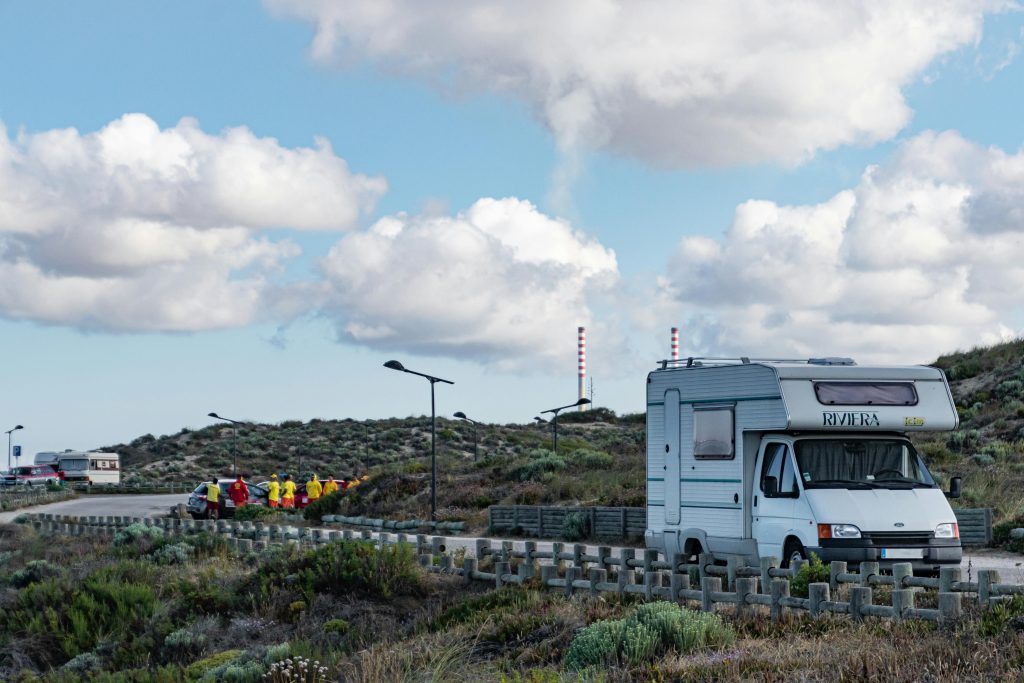
The most popular destinations in terms of overnight stays in campsites are the destinations in the northern Adriatic, and some such as Rovinj, Funtana, Tara, Vrsar and Medulin have been achieving great results for a long time. The entire Istria County region is responsible for 52% of overnight stays in the entire Croatian camping sphere.
Director of the Camping Association of Croatia (KUH) Adriano Palman pointed out that Croatian camping tourism covers as much as 23% of the accommodation capacity of Croatian tourism. In this country this year, “campers” could choose from as many as 825 camps, with total accommodation capacities of 254,846 people. In 2024, ending on October the 20th, Croatian campsites saw just over 3.3 million arrivals and 21 million overnight stays.
“This means that compared to 2023, there was a 1.4 percent drop in overnight stays and a 1.6 percent drop in arrivals. The stated percentages represent annual oscillations that aren’t considered significant, especially in our sector, which is heavily dependant on the weather.
That’s why it should be emphasised that the sector was growing until the end of August, with an index of over 100 percent. This slight decline was conditioned and expected considering the deterioration of the weather in September, which doesn’t exactly go hand in hand with camping,” explained Palman.
According to the data held by KUH, over the last decade, there has been 27 percent increase in overnight stays in the Croatian camping sector. However, this promising increase wasn’t accompanied by an increase in the capacity of campsites, which rose significantly less, by a mere 6.5 percent.
“That indicates a significant increase in occupancy and not only the extension of the summer season, but also bolder steps into year-round operations and winter work. With these results, camps achieve an average annual occupancy of 84-85 days, while the higher category camps have an occupancy of as many as 203 days. The average number of days of stay per guest is 6.3. In hotels it’s 3.3, and in private accommodation it stands at 5.4”, revealed Palman.
more and more croats are taking to camping
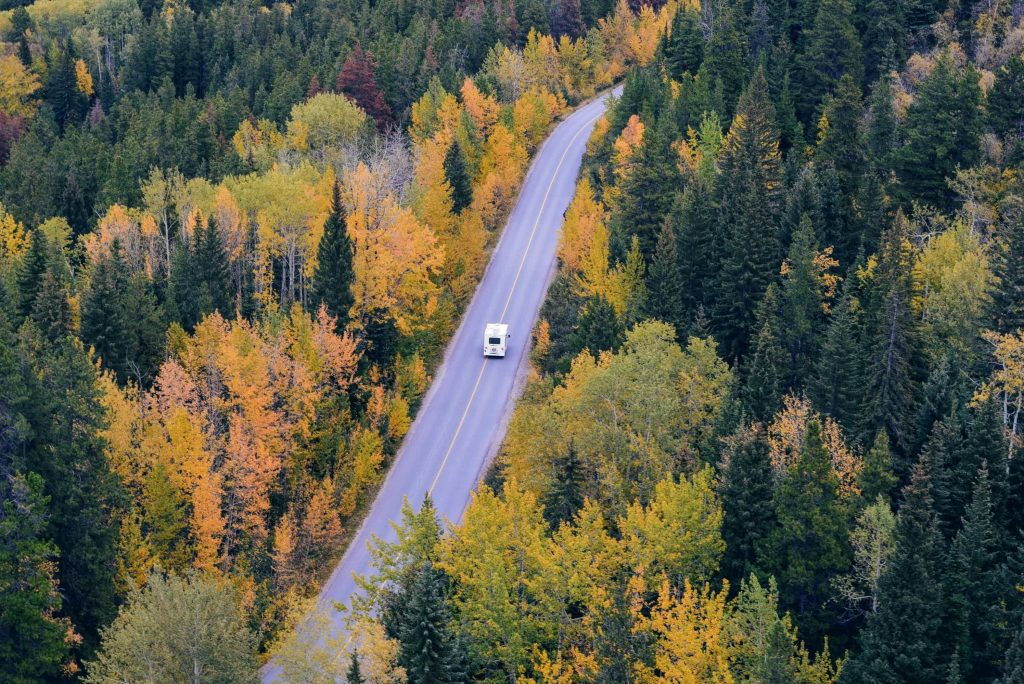
Traditionally, the largest number of overnight stays in the camping sector are realised by guests from Germany (38%), followed by Slovenians (14%). In third place are Austrians (10%). Croatian guests make up about 3% of the total overnight stays in the country’s camps, but Palman pointed out that the share of domestic guests is growing year by year.
Although guests in camps tend to stay a little longer than they do in other types of accommodation, HTZ pointed out that out of the total number of tourists, there are more who choose to stay in an apartment or hotel. If we look at the results of tourist traffic realised during the first nine months of 2024, 20.3 million overnight stays were spent in camps, while 38.4 million nights were spent in household facilities. In addition to that, 22.4 million nights were spent in hotels.
Palman noted that great strides have been made in the field of camping in Croatia and that today, Croatia is emerging as a top luxury camping destination. Indeed, Croatia can boast of around 50 percent of its camping accommodation capacities being in high quality categories of 4 and 5 stars.
croatia as a luxury camping destination
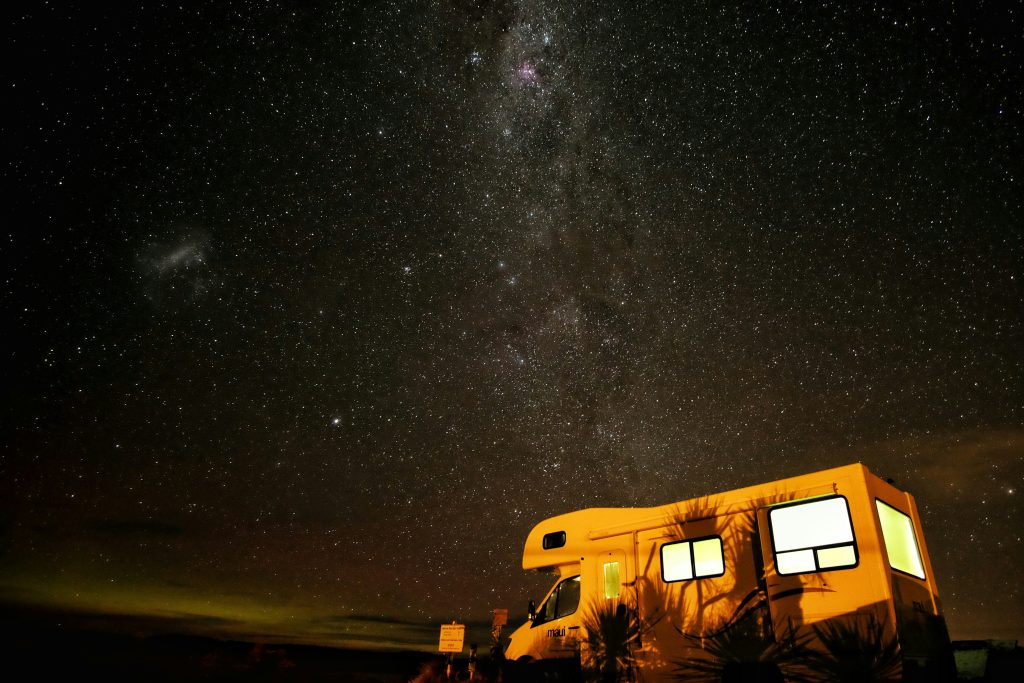
“Croatia has many advantages. There’s the beautiful natural locations where the campsites are located, campsites right on the coast, the proximity of emitting markets… the fact is that Croatia is a car destination and well connected. In addition, the exceptional increase in quality over the last decade has resulted in an increase in the number of overnight stays and in prices.
pincamp
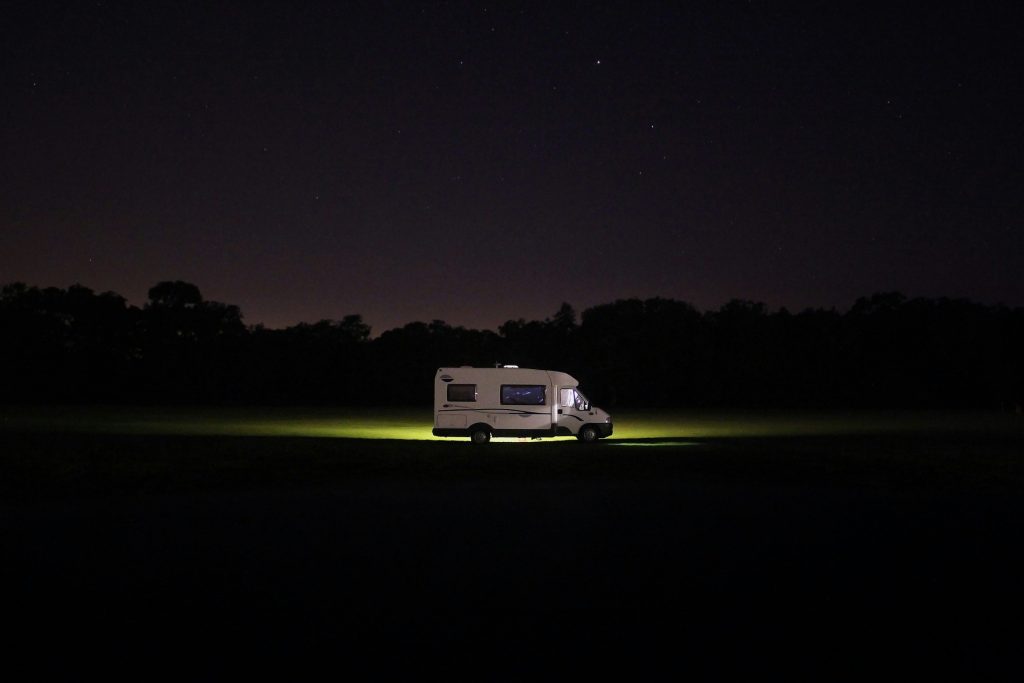
When we talk about quality, the criteria of Pincamp stands out, a digital platform specialised in camping tourism, which was launched by the German auto club (ADAC) and which is currently the most relevant campsite rating system in Europe. This is especially true in the German-speaking area, which accounts for almost 49 percent of the total number of overnight stays. Croatian camps are the second highest quality in all of Europe, with an average rating of 3.8″, said Palman.
Of the main competitors in the Mediterranean, France is in fourth place with a score of 3.6, Italy in fifth with a score of 3.4, and Spain in 8th place. Although the prices of some European camping regions are more expensive, Palman stated that when the price structure at the country level is taken into account, the figures show that Croatia manages to achieve the highest prices in Europe, with 62 euros for family camping, followed by neighbouring Italy with 60 euros. The director of the association sees the reasons for this in the fact that Croatia is the European country that has the highest capacity in the highest quality categories – those that are ranked with 4 or 5 stars.
Croatian camping can be raised to an even higher level and we can further position Croatia as a luxury camping destination. In future, Croatia could perhaps even overtake the Netherlands, which is currently ranked first in the Pincamp ranking. For this, Palman believes it is crucial to be able to ensure further growth and competitiveness through continued high investment in infrastructure and facilities, as well as the improvement of service quality and staff education.
Proper emphasis should be placed on sustainable development and environmental awareness, as well as the increasingly significant use of digitisation and smart solutions.

